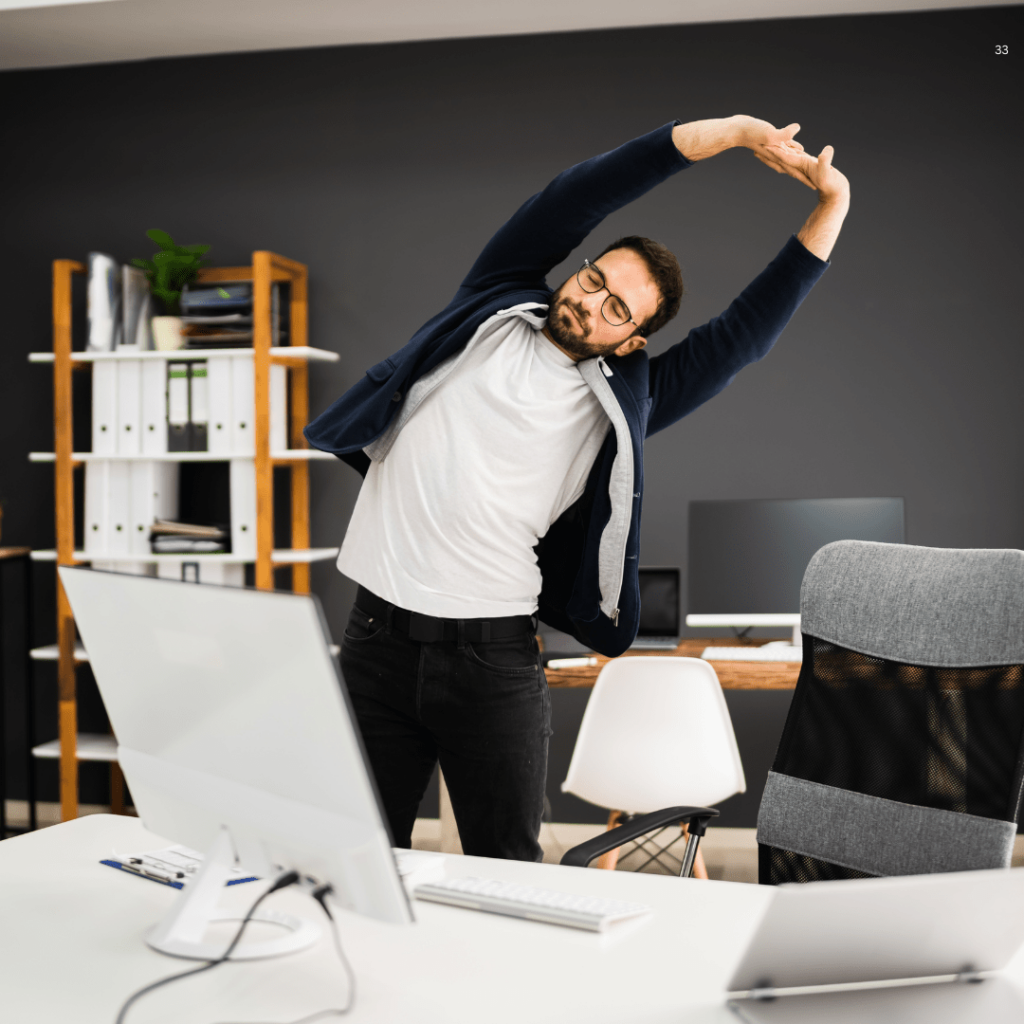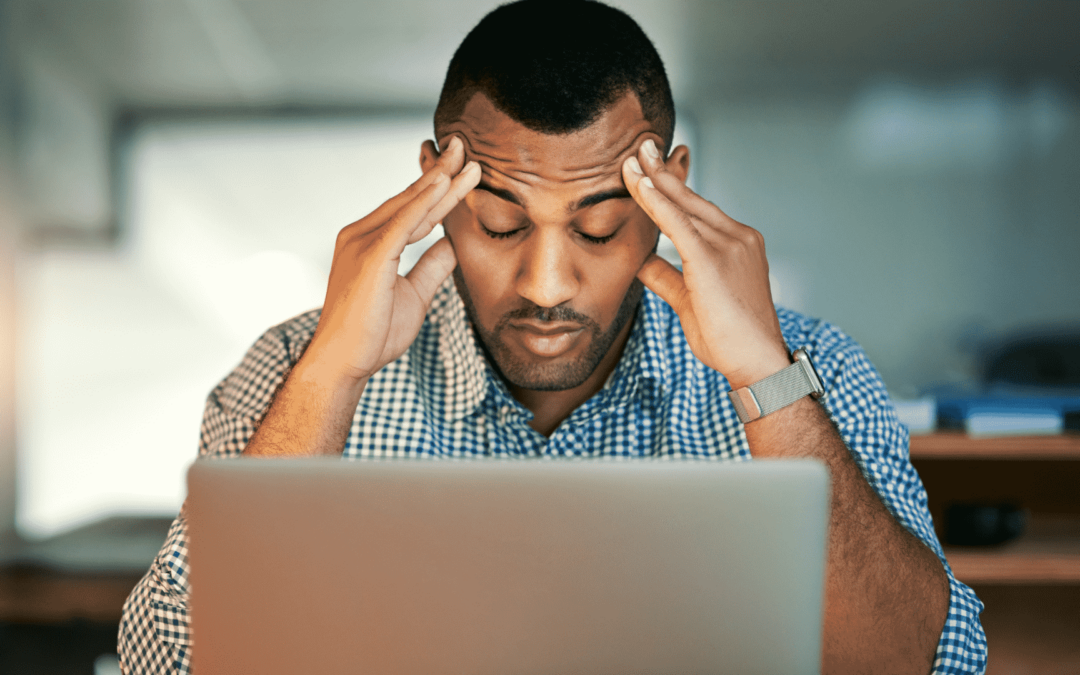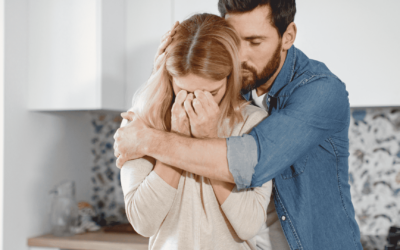Anxiety can feel overwhelming, especially when it strikes in a setting where you might feel particularly vulnerable or ‘trapped’ because there’s no place to go. As the founder of Simi Psychological Group, I understand how important it is to have quick, effective techniques at your disposal when you are feeling flooded with anxiety.
In this blog, I’m sharing 10 easy relaxation methods that can provide immediate relief, helping you regain control and find peace, no matter where you are. You can discuss these techniques with an anxiety therapist near me to determine which tips work best for your healing journey.
1. Deep Breathing

Deep breathing is a popular, yet infallible relaxation technique to manage stress. When you feel anxiety creeping in, take a few moments to focus on your breath. Inhale deeply through your nose, allowing your belly to rise, then exhale slowly through your mouth. Repeat this for a few minutes – if it helps, set a 3-5 minute timer on your phone. This simple practice can calm your nervous system and bring a sense of tranquility. Deep breathing activates your parasympathetic nervous system, sending the signal to your brain that you are safe and do not need to respond with fight, flight, or freeze
2. Counting Backward
Counting backward from 100 can help distract your mind from anxious thoughts and guide your focus to a simple task. Start at 100 and count backward slowly, concentrating on each number. It’s okay if you don’t get all the way down to 0, the goal is to slow your heart rate and calm your mind.
3. Controlled Distraction
When anxiety strikes, controlled distraction can be beneficial. Engage in a quick activity that requires your full attention but is simple to execute, like solving a puzzle, playing a game on your phone, or organizing your desk. This temporary distraction can help break the cycle of anxious thoughts by focusing on a smaller, low-lift activity.
If you often feel the need to use these techniques while at work, check out our blog, “How Do I Manage Anxiety At Work?”
4. The 5-4-3-2-1 Exercise
Grounding techniques help ground you in the present moment. One method you’ve probably heard of before is the 5-4-3-2-1 exercise where you identify…
- Five things you can see
- Four things you can touch
- Three things you can hear
- Two things you can smell
- One thing you can taste.
This sensory activity can distract your mind from anxiety and bring you back to the here and now.
“Anxiety often stems from feeling out of control; grounding techniques can anchor you back to the present moment.” – Dr. Donna Novak

5. Visualize Yourself in a Peaceful Place
Take a moment to create a mental image of a peaceful, safe place. Close your eyes and imagine a serene setting, like a beach or a forest. Focus on the details – the sound of waves crashing, the smell of pine trees, the warmth of the sun, or the breeze through your hair. Visualization can transport you away from your current anxiety-inducing environment when you feel overwhelmed and provide an escape for a few minutes. When you find yourself back in the present, you may realize that your anxious moment has passed.
6. Observation: Focus on Something in Your Environment
Mindful observation encourages you to take a break from your racing thoughts and center your mind on something in front of you. It could be a plant, a poster, or even ridges on the floor. Observe it closely by noticing the colors, shapes, and textures. This practice helps divert your attention from anxiety to a neutral or positive stimulus.
7. Affirmations and Positive Self-Talk
Affirmations are positive statements that help you challenge and overcome negative thoughts. Create a list of affirmations that resonate most with you such as “I am safe,” “I can handle this,” or “This feeling will pass.” Repeat these to yourself when you feel anxious or have these stored in a notes section on your phone for you to reference easily. Positive self-talk can reinforce a sense of calm, improve your self-validation, and remind you that life will be okay in the larger scheme of things
8. Move Your Body: Shake It Up!

Physical movement can release built-up tension and reduce anxiety. If you’re in a public space, try discreet movements like stretching your arms, rolling your shoulders, or taking a short walk. Physical activity releases endorphins, which boost your mood!In addition to these small movements, consider adding yoga to your physical routine. Read more about the “Mental Health Benefits of Yoga”!
9. Aromatherapy
Certain scents can have a calming effect on the mind and body. If you have access to essential oils, you may want to consider carrying a small bottle of lavender, chamomile, or bergamot oil. Inhale the scent directly or apply a small amount to your wrists. Aromatherapy can quickly soothe your senses and alleviate anxiety.
Here are a few benefits of some popular essential oils:
Lavender
Contains linalool, which has calming properties. It reduces heart rate and blood pressure.
Chamomile
Contains apigenin, a compound that binds to receptors in the brain to promote relaxation. Chamomile reduces symptoms of mild to moderate generalized anxiety disorder.
Bergamot
Balances your mood by reducing cortisol levels and promoting a sense of calm.
Rose
Lowers adrenaline levels, leading to a decrease in anxiety.
Eucalyptus
Enhances overall mental clarity and reduces feelings of anxiety.
10. Do A Quick Body Scan
A body scan meditation is a simple technique to help you reconnect with your body and release tension. Find a quiet spot to sit or lie down comfortably. Close your eyes or focus your gaze ahead and take a few deep breaths. Start by noticing any sensations or tension in your toes. Gradually move your attention up through your body – feet, legs, abdomen, chest, arms, and head. Spend a few moments on each area, acknowledging any discomfort or stress, and then letting it go. This practice can promote relaxation and reduce anxiety by fostering a deep sense of bodily awareness and calm.
Managing anxiety is tough, but incorporating easy techniques can significantly enhance your daily life. Don’t hesitate to seek help to improve your practice of self-care. Sharing these techniques with an anxiety therapist near you can help tailor them to your specific needs. If you do not yet have a therapist to help with your anxiety, here are 6 things to consider when choosing an anxiety therapist.

“You are capable of handling so much more than you think. Believe in yourself and your personal power to find peace.” – Dr. Donna Novak
Create Your Personal Toolbox to Relax Your Anxiety
Having a toolbox of quick, effective techniques can make a dramatic difference in tackling anxiety. These methods are meant to be practical and accessible, even in public spaces or during busy moments.
While these techniques can provide immediate relief, it’s also important to address the root causes of anxiety with the help of a professional. Therapy can offer deeper insights and long-term strategies for managing anxiety.
If you’ve been searching for an “anxiety therapist near me,” contact us today at (805) 842-1994 to schedule a consultation or learn more about our services in Simi Valley.
At Simi Psychological Group, we are here to support you on your journey to better mental health. Remember, it’s okay to seek help and practice self-care. Anxiety may be a part of your life, but with the right tools, it doesn’t have to control you.

Dr. Novak is the group practice owner and licensed psychologist at Simi Psychological Group a therapy practice in Simi Valley, California. Simi Psychological Group offers a variety of services including trauma therapy, couples therapy, anxiety therapy, teen therapy, and more. Simi Psychological Group emphasizes the importance of creating real change by making sure to get to the root of your struggles.




